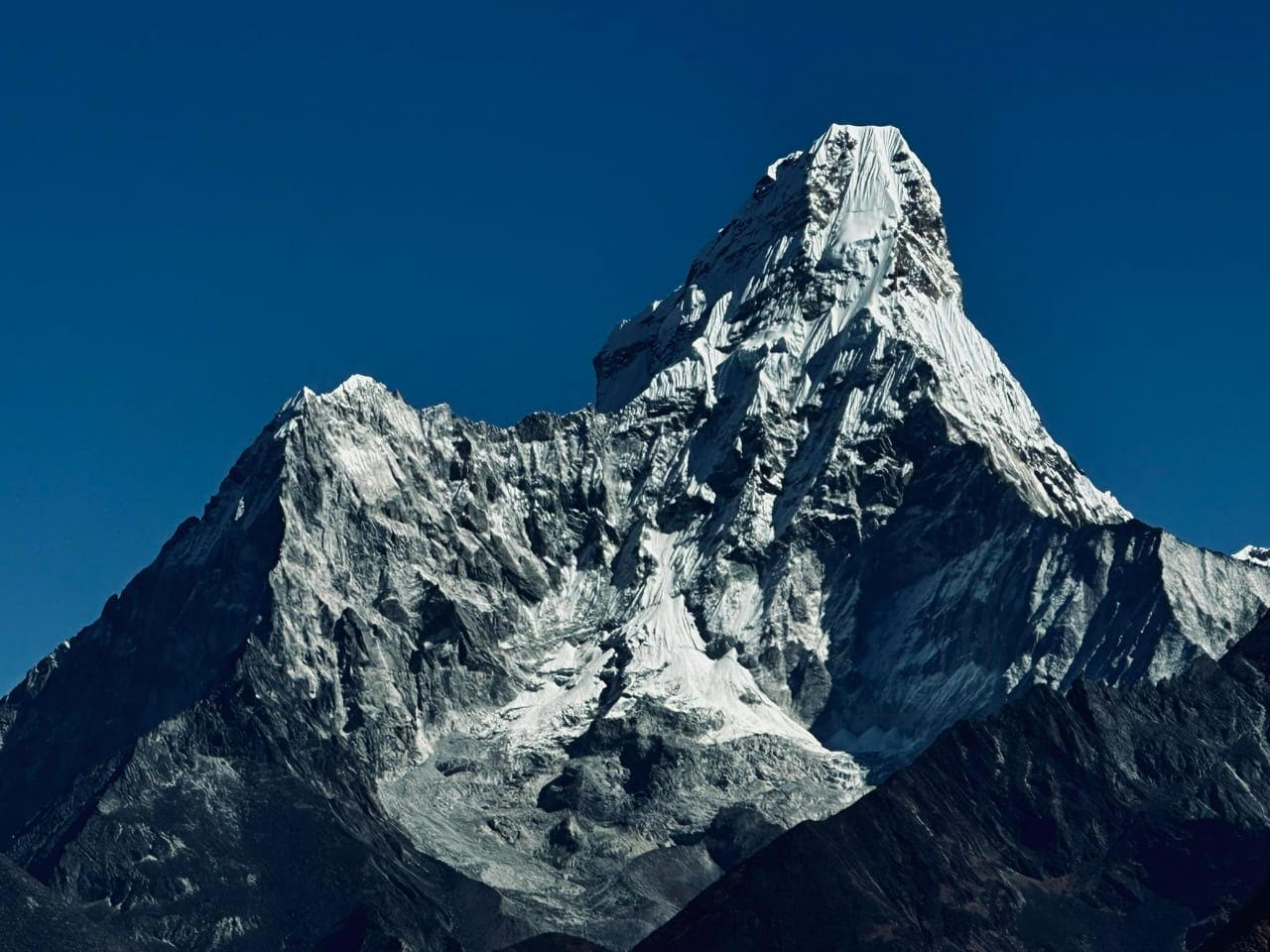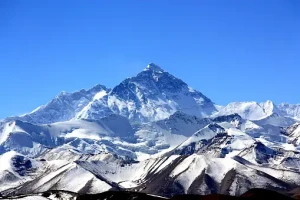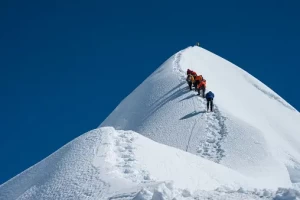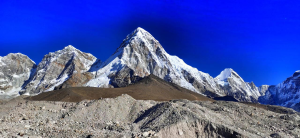
News & Blog
Introduction
Nestled in the heart of Nepal, the Annapurna region stands as a beacon for trekkers and adventurers from around the globe. Boasting some of the most stunning landscapes on Earth, this area is home to a series of world-famous treks that offer both natural beauty and cultural richness. Whether you are a seasoned trekker or a novice explorer, the Annapurna region promises an unforgettable experience.
Why Choose the Annapurna Region?
The Annapurna region is renowned for its diverse trekking routes, ranging from the challenging Annapurna Circuit to the serene Annapurna Base Camp trek. This diversity caters to all levels of trekking expertise, making it an ideal destination for both adventure enthusiasts and those seeking a peaceful escape into nature.
Stunning Scenery: The region is characterized by its dramatic vistas, including the towering peaks of Annapurna I, II, III, and IV, as well as Machapuchare (Fishtail Mountain). The lush rhododendron forests, terraced fields, and glacial rivers add to the breathtaking scenery.
Cultural Immersion: The trails weave through traditional Gurung and Magar villages, where trekkers can experience the warm hospitality and rich cultural heritage of the local communities. Temples, monasteries, and prayer flags dot the landscape, offering a spiritual dimension to the journey.
Biodiversity: The Annapurna Conservation Area Project (ACAP) ensures the preservation of the region’s unique flora and fauna. Trekkers might spot wildlife such as the Himalayan Thar, langur monkeys, and a variety of bird species.
Popular Treks in the Annapurna Region
Annapurna Circuit Trek: Often listed among the world's best treks, the Annapurna Circuit offers a comprehensive experience of the region's landscapes and cultures. The route typically takes 15-20 days, circling the Annapurna massif and crossing the Thorong La Pass at 5,416 meters. Highlights include the Kali Gandaki Gorge, Tilicho Lake, and the pilgrimage town of Muktinath.
Annapurna Base Camp (ABC) Trek: A shorter yet equally rewarding trek, the ABC trek takes about 7-12 days. It leads trekkers through diverse ecosystems, from subtropical forests to alpine meadows, culminating at the Annapurna Sanctuary, a natural amphitheater surrounded by majestic peaks.
Ghorepani Poon Hill Trek: Perfect for those with limited time, this 4-5 day trek offers spectacular views of the Annapurna and Dhaulagiri ranges. The highlight is the sunrise view from Poon Hill, where trekkers are greeted with a panoramic vista of snow-capped mountains bathed in golden light.
Preparing for Your Trek
Best Time to Visit: The ideal trekking seasons are pre-monsoon (March to May) and post-monsoon (September to November). During these periods, the weather is generally stable, and the views are clear.
Permits and Regulations: Trekkers need to obtain the Annapurna Conservation Area Permit (ACAP) and the Trekkers' Information Management System (TIMS) card. These can be acquired in Kathmandu or Pokhara.
Physical Preparation: While the treks vary in difficulty, good physical fitness is essential. Regular cardiovascular exercise, strength training, and hiking practice will help prepare your body for the demands of trekking.
Packing Essentials: Key items include sturdy trekking boots, a warm sleeping bag, layered clothing, a rain jacket, a first-aid kit, and sufficient water purification methods. Hiring a guide or porter can enhance your experience and support the local economy.
Conclusion
The Annapurna region of Nepal is a trekker’s dream, offering a blend of natural beauty, cultural richness, and adventurous challenges. Whether you're gazing at the sunrise from Poon Hill, crossing the Thorong La Pass, or standing amidst the peaks at Annapurna Base Camp, the memories forged here will last a lifetime. Prepare well, trek responsibly, and let the magic of the Himalayas captivate your soul.




